
Lester B. Pearson College– is one of ten United World Colleges located around the world. Two hundred students from over 80 countries study the International Baccalaureate curriculum during their two years at Pearson College. Garry Fletcher, a former faculty member who taught Environmental Systems and Biology at Pearson College, is the educational director of racerocks.com. Garry still works with students and staff to guide the educational content of the site. In addition, Laura Verhegge, also a faculty member teaching Biology and Marine Science provides additional guidance to the program. Pearson College operates the former Race Rocks light station facilities as a education centre under an agreement with BC Parks. Chris Blondeau, the Director of Operations for Pearson College provides the Operational Management of Race Rocks, and Ryan Murphy is employed by Pearson College as the on-site Ecoguardian. Pearson College is the lead proponent and partner directing the racerocks.com project.
Apple Computers (Canada)– The Computers we use for the live video webcasts from Race Rocks are all made by APPLE COMPUTERS. In July of 2000, Apple Canada became a partner in the Millennium Partnership program with the donation of a Macintosh PowerBook G3. 500 MHz. It followed up with further support in April of 2001 with the donation of a G4 500 MHz portable computer, and a G4 1GHz computer a year later. These new high speed computers have been essential in broadcasting the manually operated live programs from the islands. They have been a most valuable addition for our live video webcasting programs.
Apple Learning Interchange The QuickTime live video streams are being hosted by the Apple Learning interchange over the Akamai Internet distribution network. In April of 2001, a set of three airport cards was provided by ALI in order to make all the cameras webcasting wirelessly from the island. In late 2003, Apple has upgraded our equipment at Race Rocks with the contribution of 2 AirPort Extreme base stations and three 1GHz eMac computers for the webcasting cameras at Race Rocks. In addition, they provided funds for the purchase of the new robotic camera 5 for the island. Race Rocks support pages, ideas for educational applications and learning activities are available at: http://newali.apple.com/ali_sites/ali/exhibits/1000007/
TELUS has been a major supporter of the rac erocks.com since its inception. This link provides the history of our long term relationship and dependence on TELUS.In 2008 , Pacific Coast Environmental Metrics assisted by volunteering time to set up a new database to restore and improve the daily log for the racerocks.com website. PCEM donated the database hosting for the log
DONORS: This file presents several of our donors to the Race Rocks program.
The Hesse Family: Mr. and Mrs. Hesse of Metchosin have been long-term enthusiasts for ornithology. They decided to help us with our Race Rocks Program in 2003 and 2005 with a generous donation to the program. They have both passed away now but have left a generous legacy to the college.
Dr. Anita Brinkmann Voss : has provide long-term scientific support and financial assistance to the racerocks.com program.
In the design of the Race Rocks Taxonomy central index file, I have been able to rely on the freely available JavaScript DHTML code supplied by Andy Wooley of Milonic. The availability of such free assistance on the web has been essential to the building of this website .
Graduate Students: We are particularly fortunate to benefit from the services and support of a number of alumni of Lester B. Pearson College who have donated their time or have given direct financial assistance to racerocks.com
Ken Dunham ( PC year 9) has designed and implemented the advanced network at Pearson College, and recently extended these facilities across the water to Race Rocks.
Giovanni Rosso (PC year 24) has provided the money for a digital camera and a videocamera for underwater work at Race Rocks.
Jochen Kumm (PC year 10) has provided a computer for the Ecological Overview database.
Ryan Murphy (PC year 25) is now employed as the ecoguardian at Race Rocks and has provided images for the racerocks.com website.


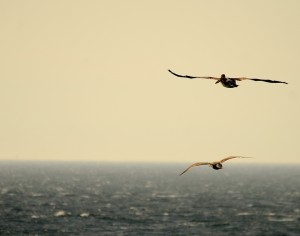

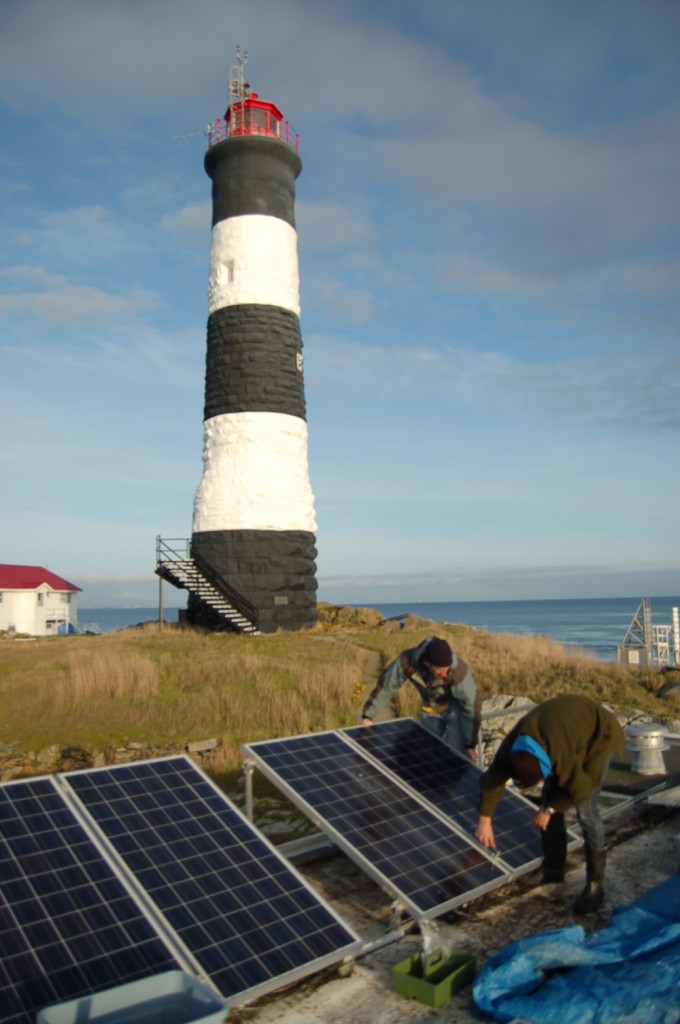

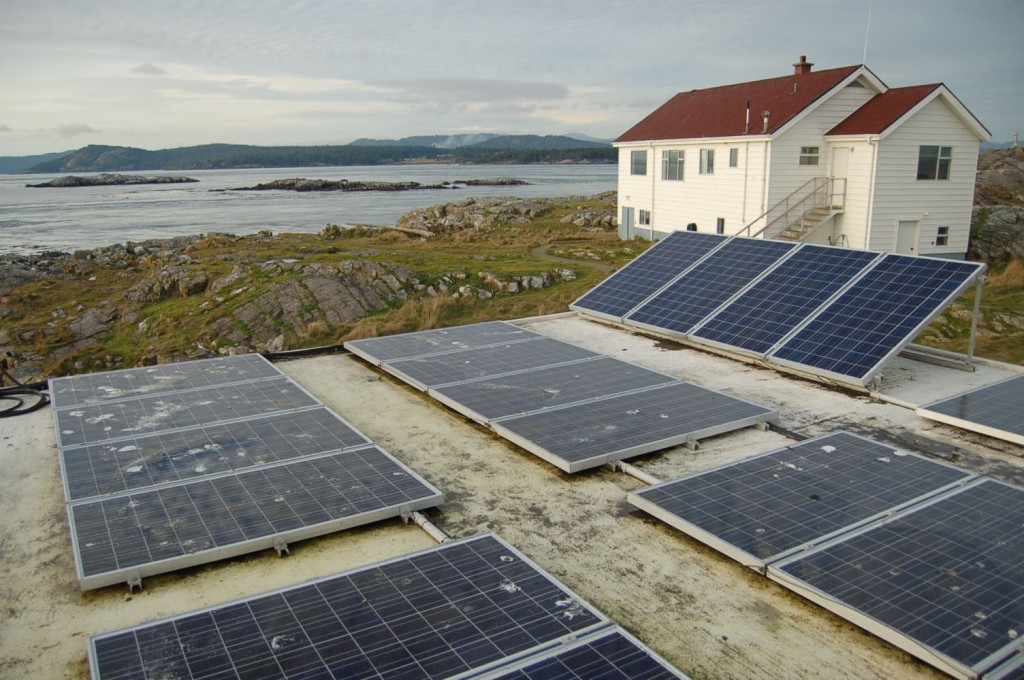








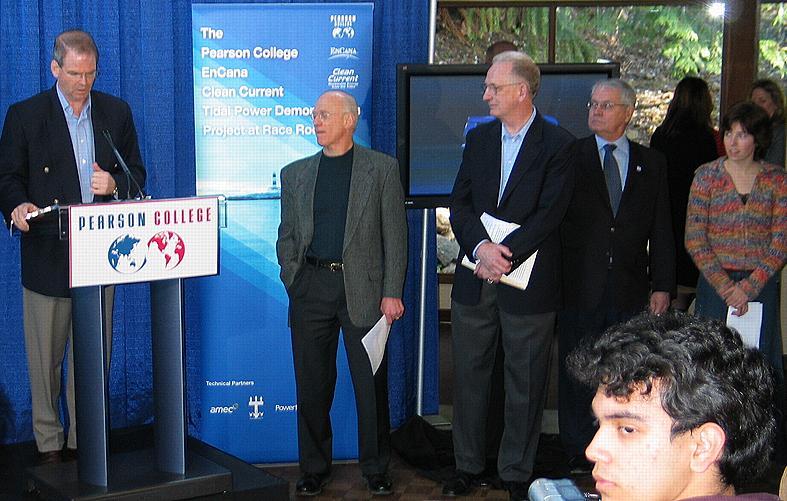


 nderwater testing of structural materials to be used for the turbine
nderwater testing of structural materials to be used for the turbine
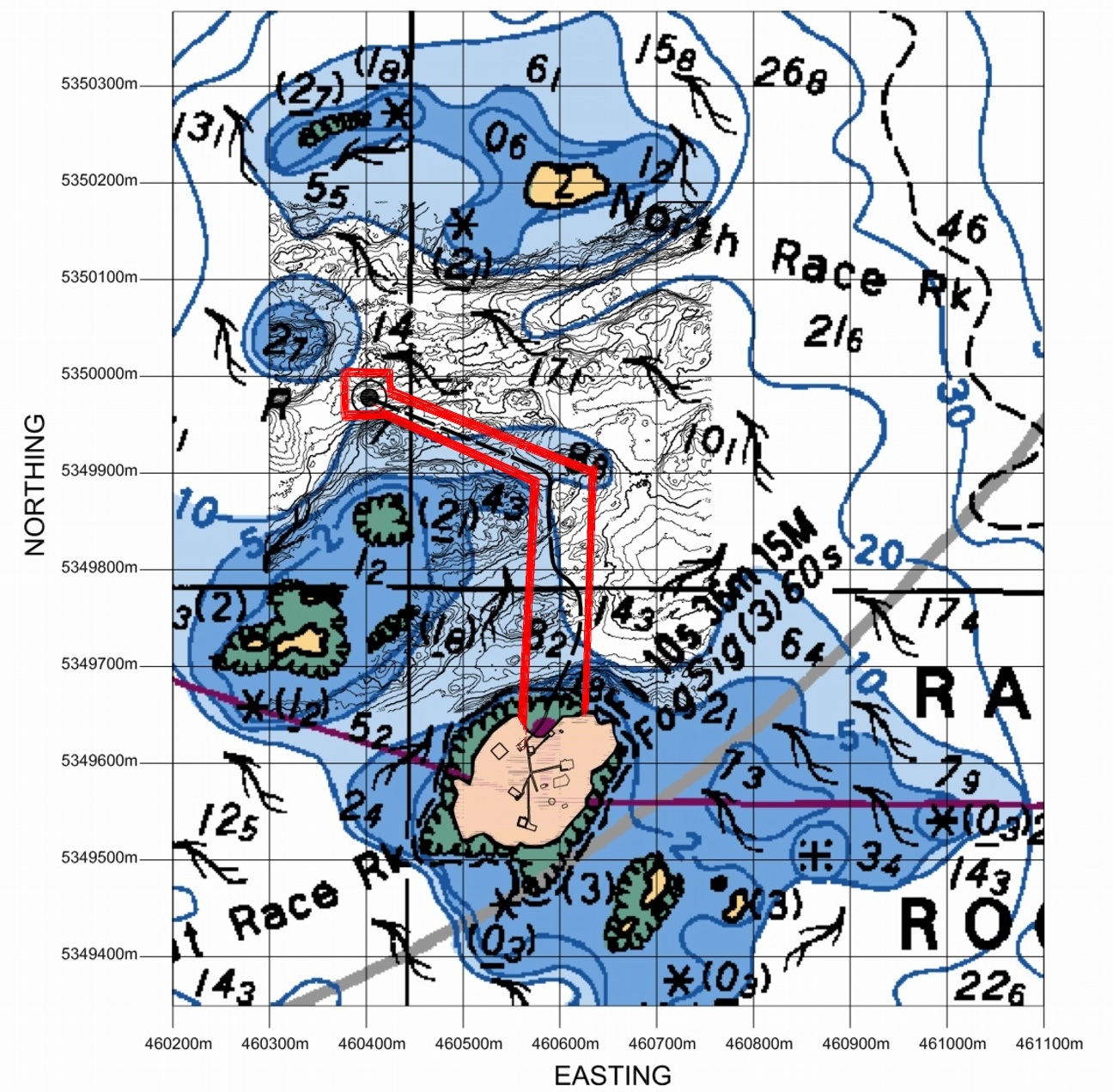


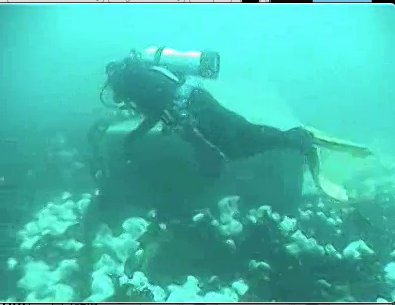
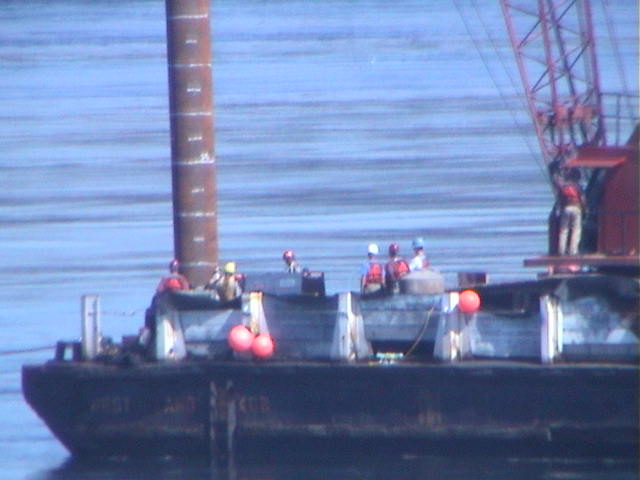
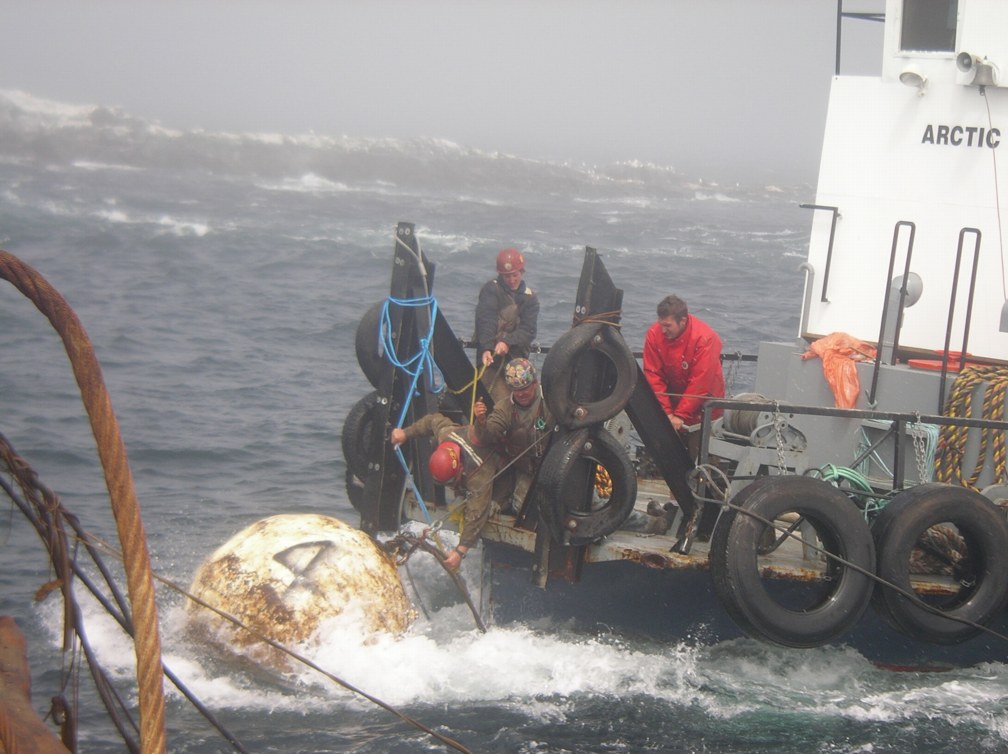
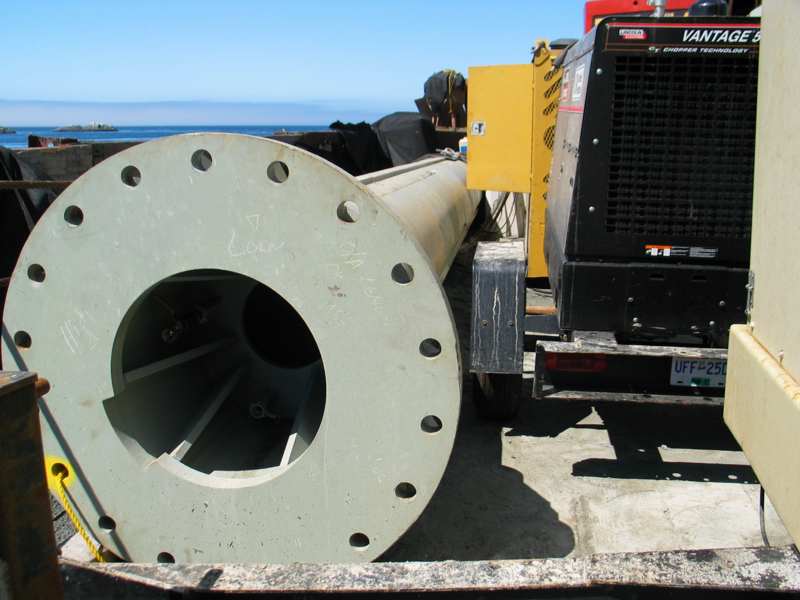



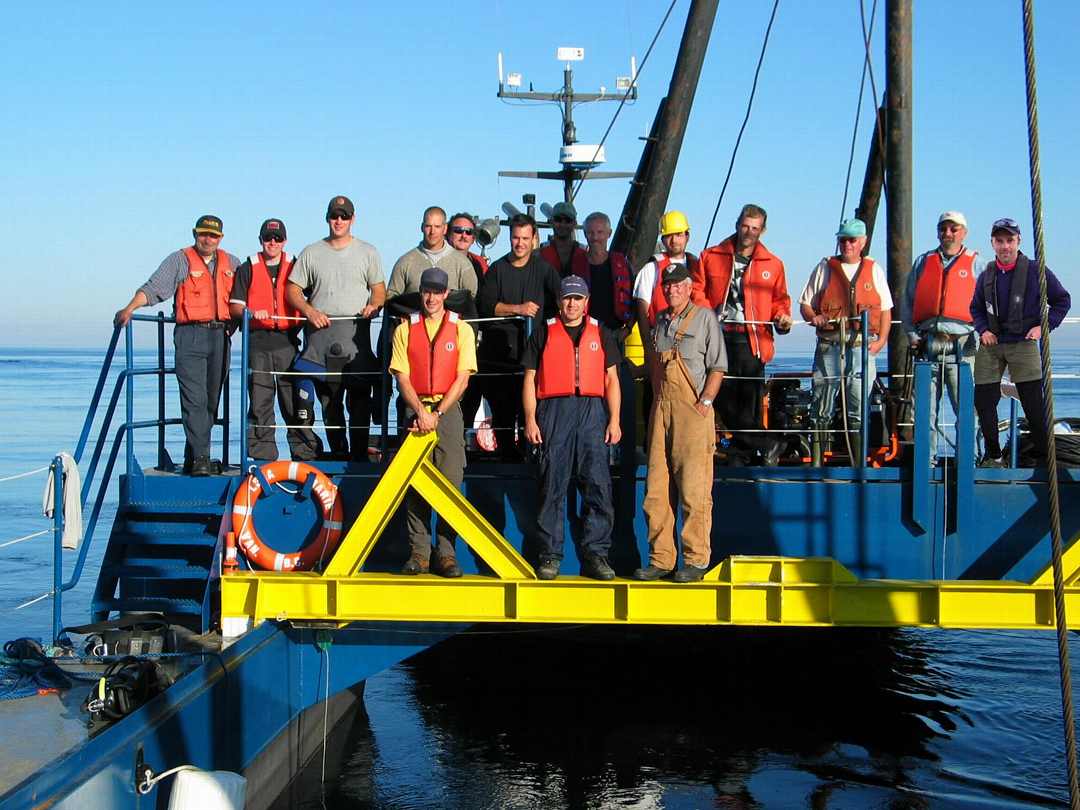


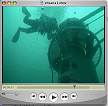
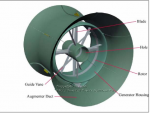





 END of Tidal Energy project and removal of Turbine
END of Tidal Energy project and removal of Turbine